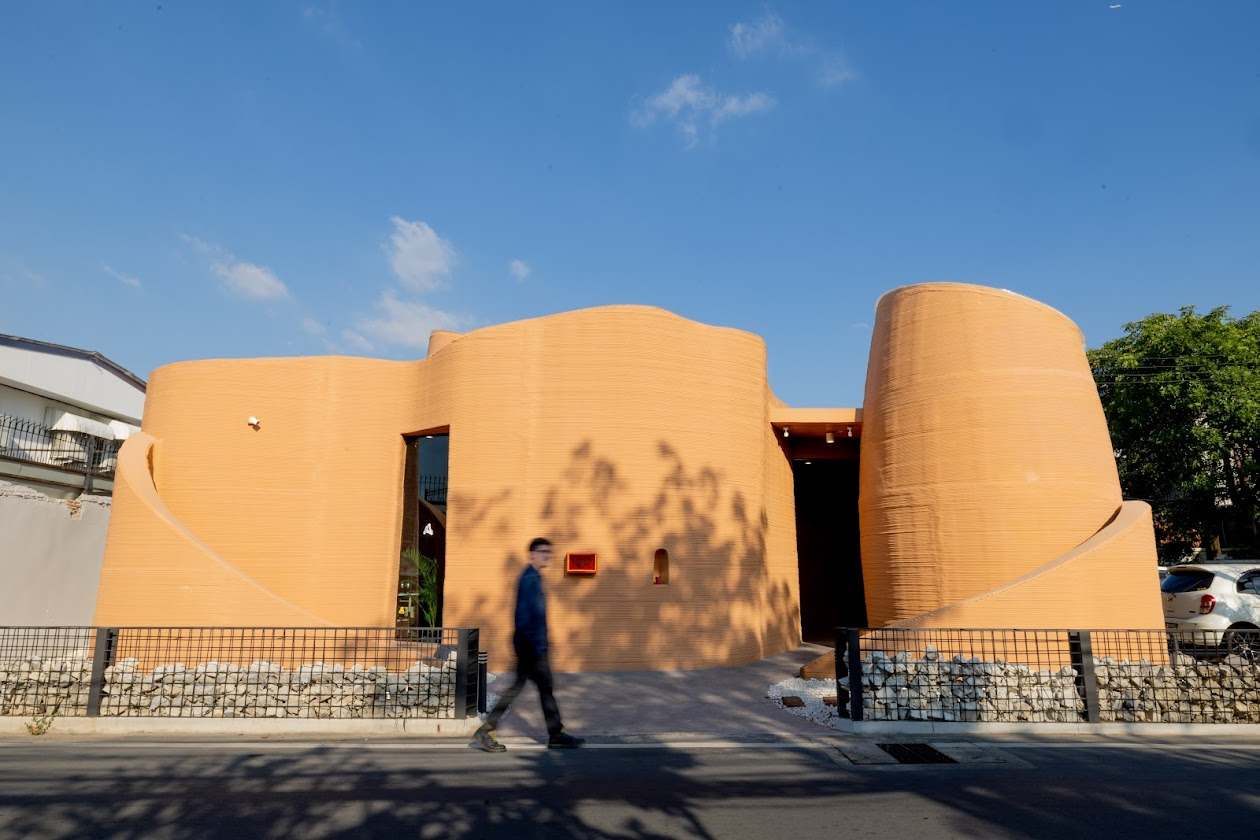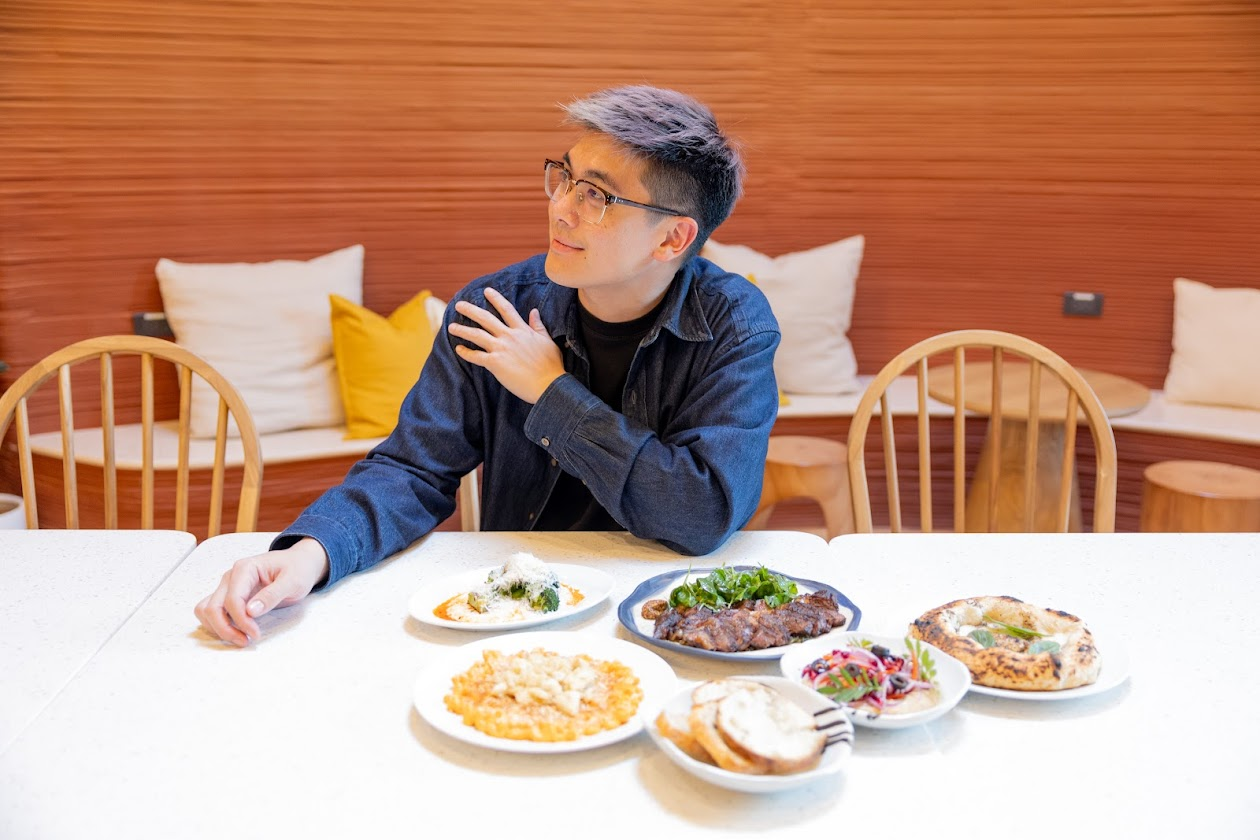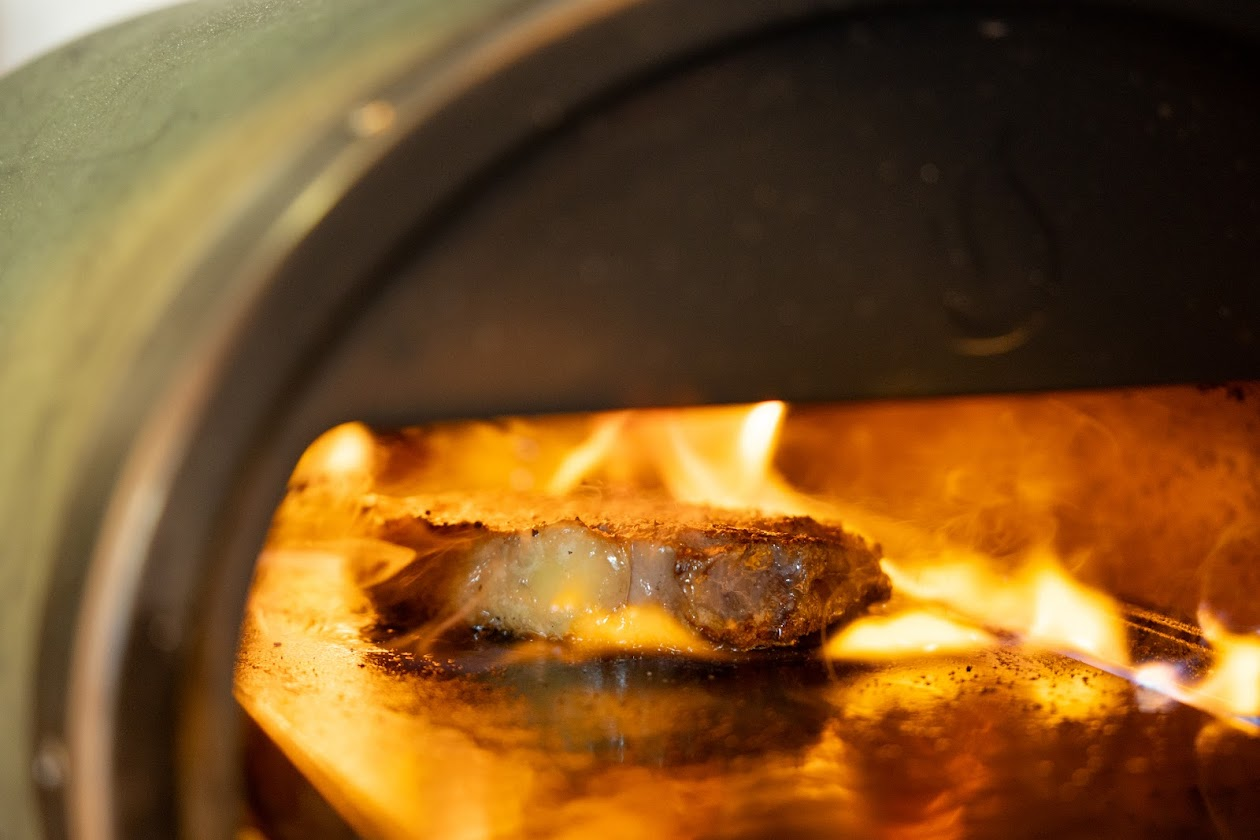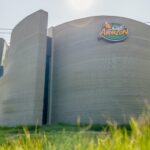In the heart of Bangkok’s Rama 9 district, Ember Cafe & Wine offers a blend of culinary craft and architectural innovation. Drawing from the sculptural forms of Antelope Canyon, this one-story structure reimagines natural formations through digitally manufactured design — realized with SCG’s advanced 3D printing mortar.
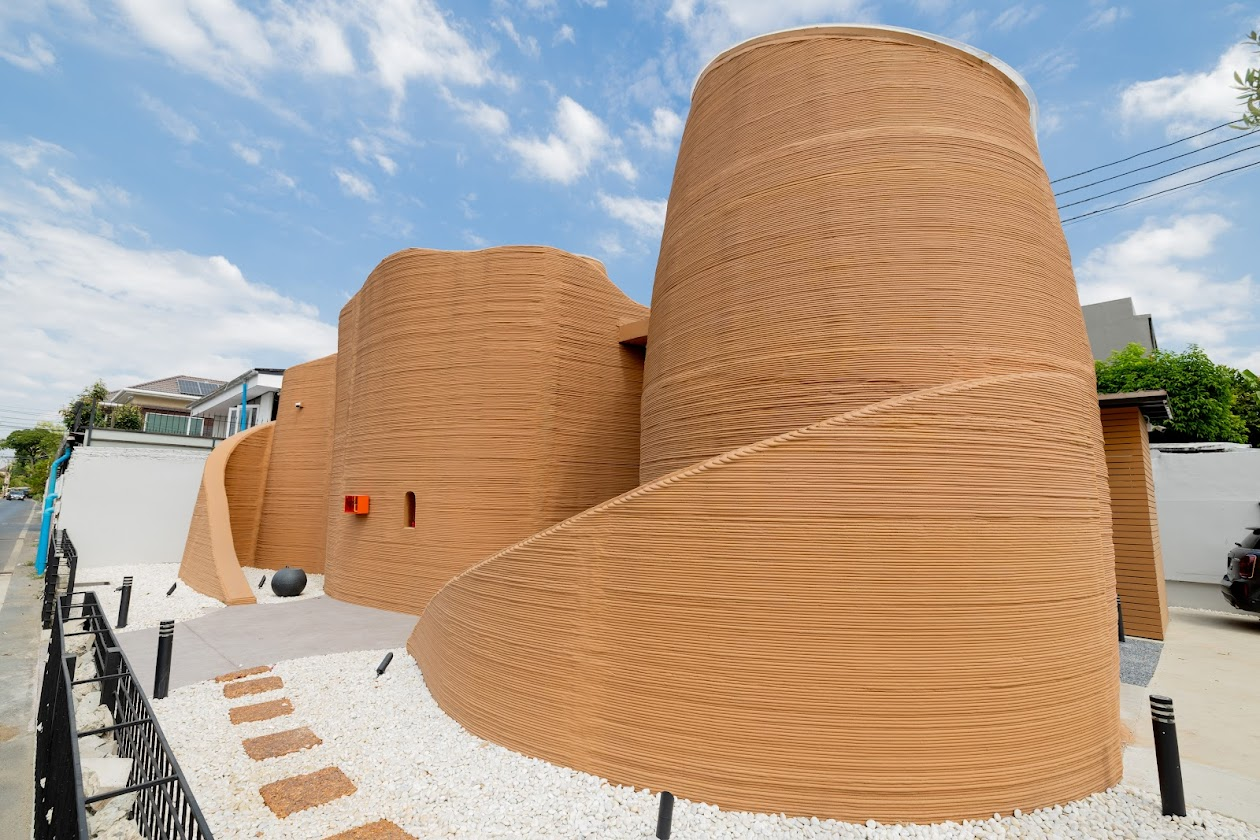
Located at Rama 9 Soi 43, the space invites visitors into an atmosphere shaped by geological inspiration and precision construction. Its organic curves and textured surfaces are not ornamental—they form the core of the building’s structural identity. Using SCG’s 3D printed mortar system, Ember achieves a level of architectural expression difficult to replicate with conventional methods.
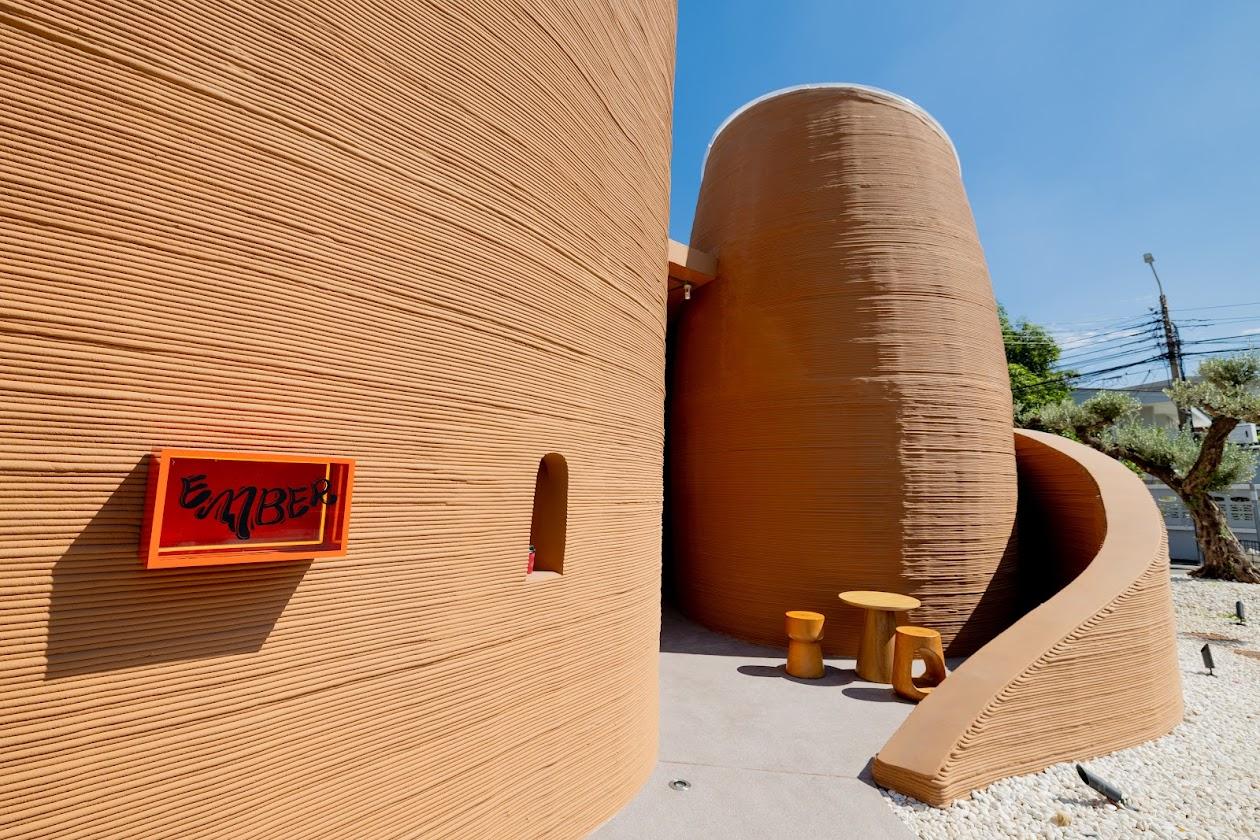
3D Printing Brings Organic Form to Architecture
The exterior of Ember Cafe & Wine features intentionally designed curves and graceful forms that enhance its visual appeal, drawing inspiration from natural landscapes. These curves were enabled by SCG’s advanced 3D printing technology with mortar-based materials, allowing seamless curves and freeform geometries to be prefabricated off-site and assembled with efficiency.
The building’s burnt-orange finish echoes desert terrain, while the undulating façade provides both visual impact and thermal performance. Inside, light enters through curvilinear skylights, casting shifting shadows across the walls as the day progresses—reinforcing the café’s connection to natural landscapes.
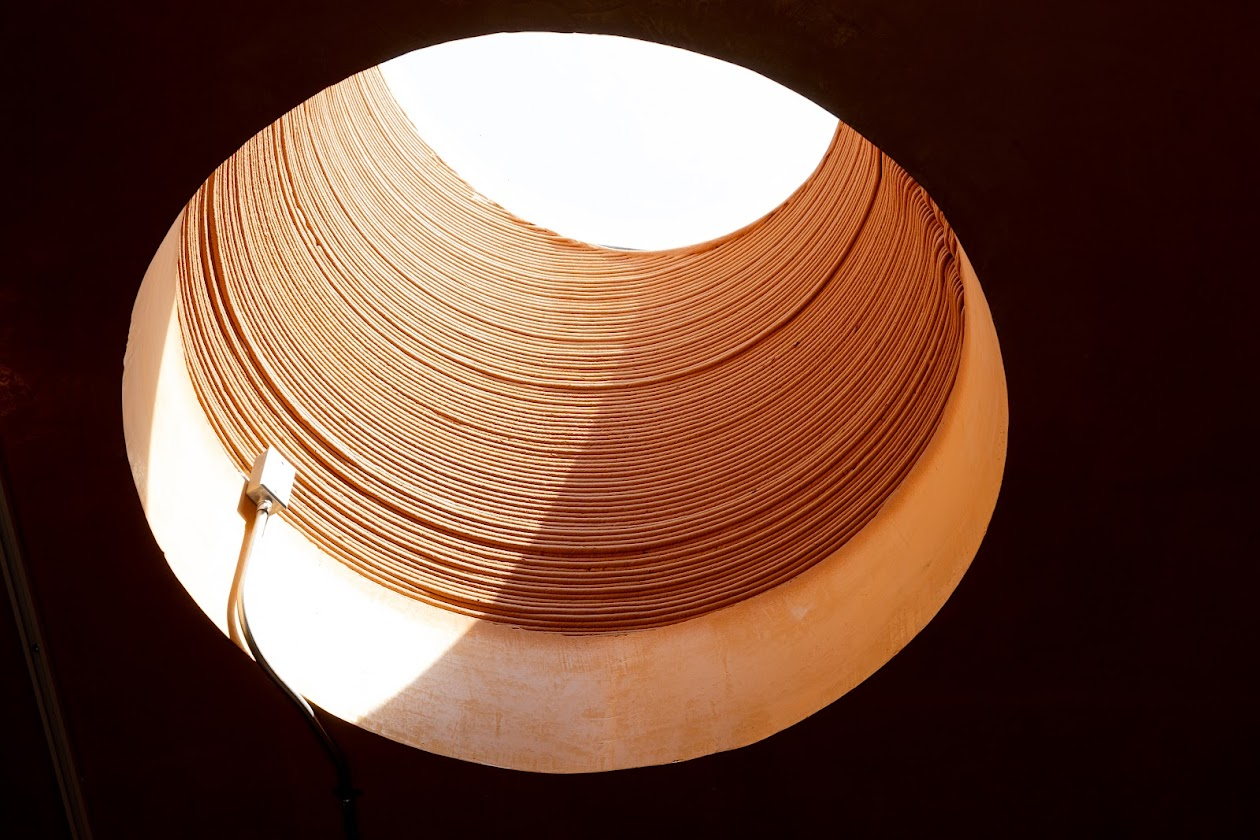
SCG’s mortar-based 3D printing technology not only allows for this freedom of form but also improves construction timelines and sustainability metrics. According to SCG, the method reduced construction time by 30%, while cutting material waste by 70% and lowering CO₂ emissions by approximately 1,000 kilograms.
Design Detail Meets Function
The interior continues the building’s design language. Gently sloped walls and textured finishes establish a visual rhythm, drawing attention upward toward the natural light. These elements were not achieved through subtractive carving or manual shaping—they were printed with precision into the very structure.
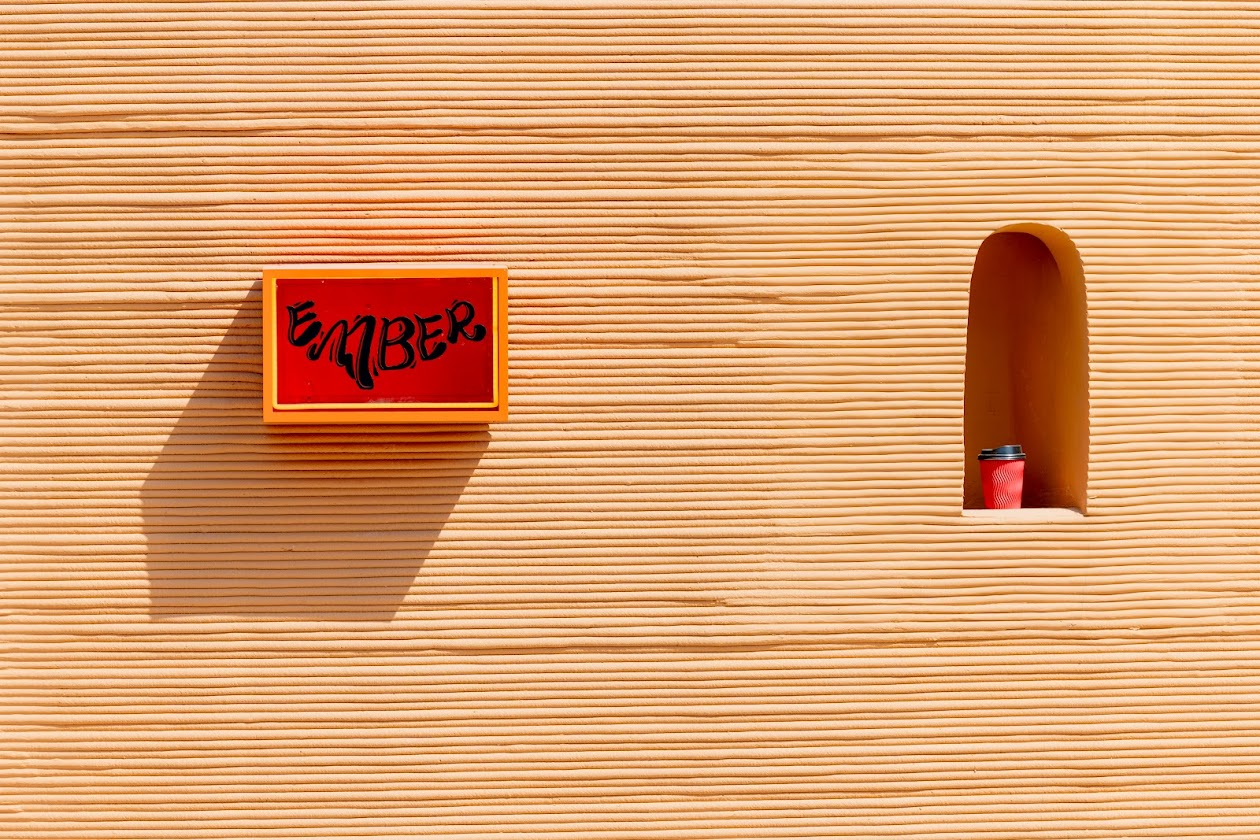
Throughout the space, design serves both aesthetic and functional roles. The café’s wine cellar, for instance, integrates 3D printed walls that help regulate internal temperature. These thermal properties support the room’s climate control, keeping it 3–5°C cooler than the surrounding area and ensuring wines are stored between 15–18°C—critical for preserving aroma and flavor integrity.
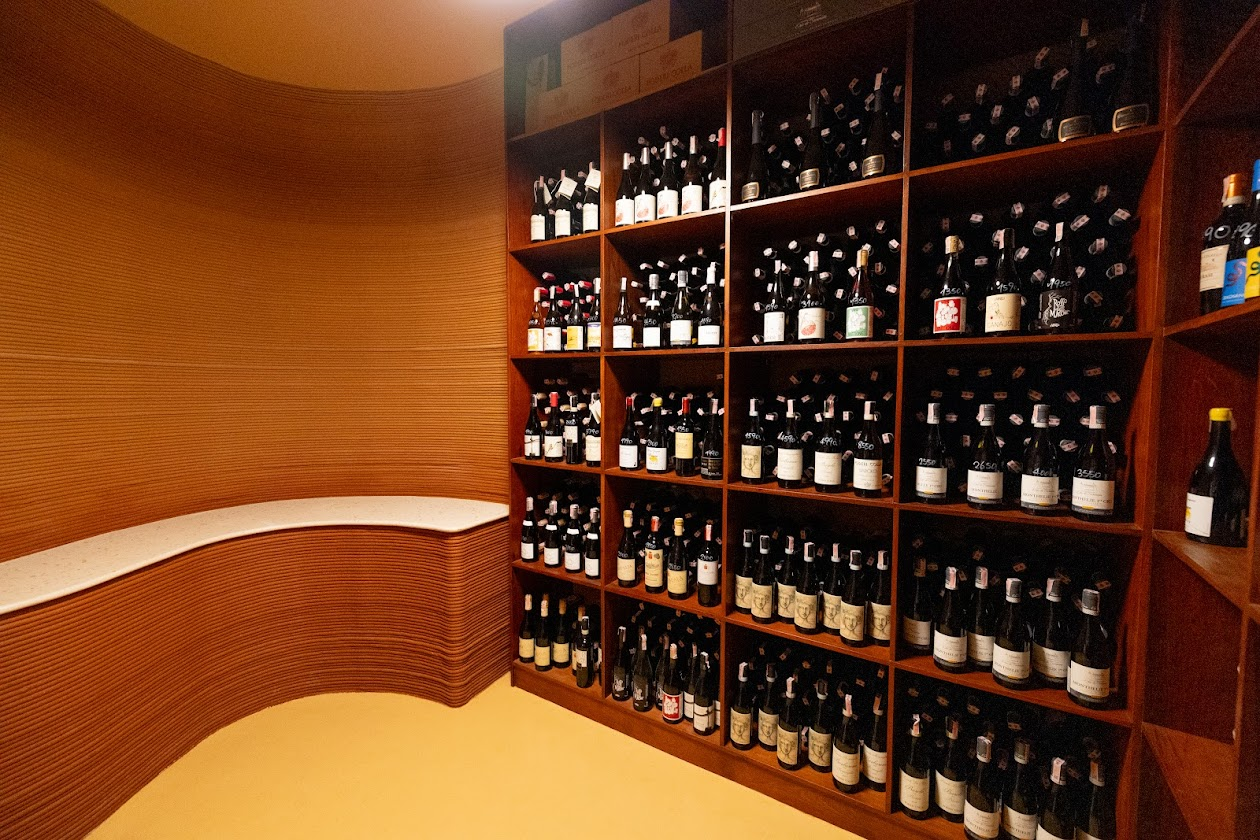
A Concept Grounded in Culinary Craft
Behind Ember Cafe & Wine are co-founders Calvin Fong and his partner, whose vision stems from a deep connection to culinary creativity. Their approach draws on Western cooking traditions, paired with a refined understanding of wine and ingredient transformation.
“Our menu is an artistic expression, where fire is the medium,” Fong explains. “Just like the volcanic landscapes that inspired the café’s design, each dish is an experience in flavor—carefully composed and elevated through flame.”
This attention to detail extends beyond the plate. The café also functions as a class studio and gathering space for food and design enthusiasts, regularly hosting wine tastings, chef-led sessions, and curated events.
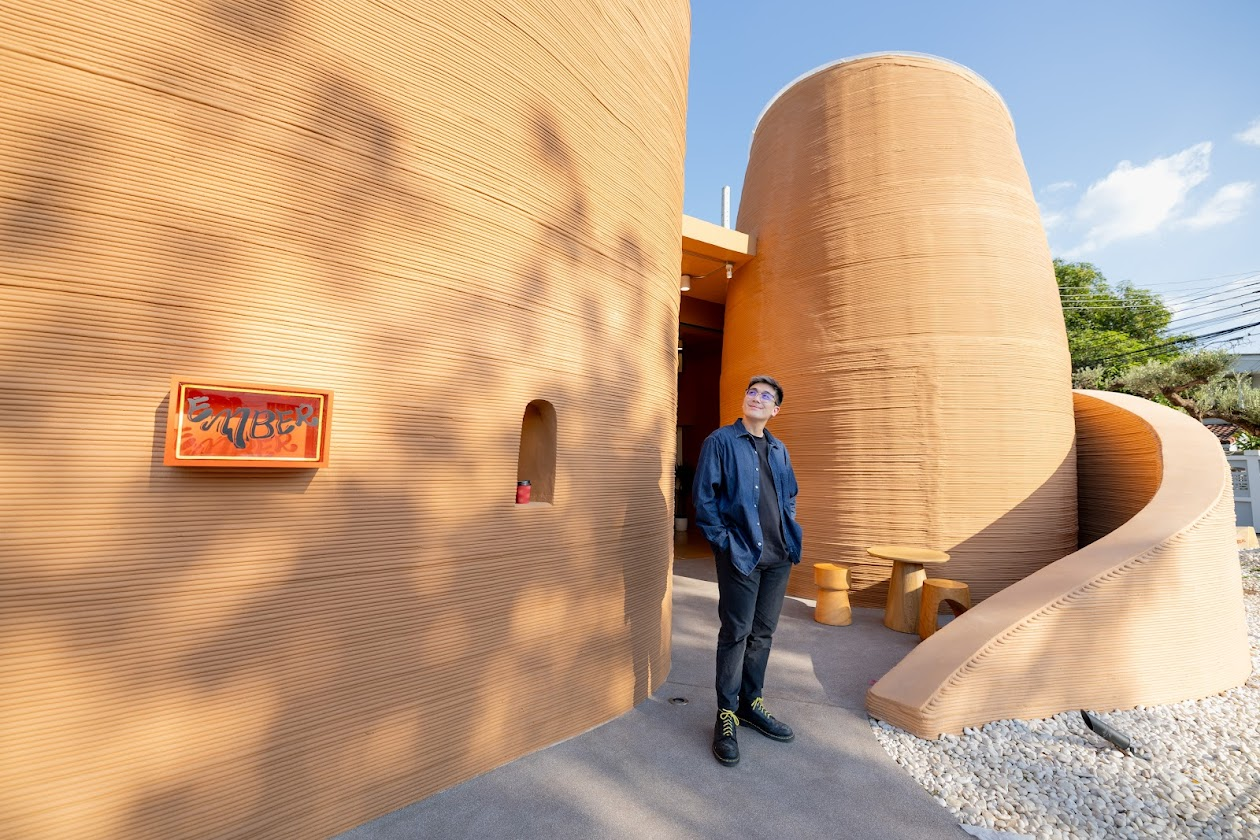
A Platform for Experimental and Sustainable Design
The integration of SCG’s 3D printing mortar allows Ember to serve not just as a hospitality space, but as a proof of concept. The project demonstrates how 3D printed mortar construction can enable organic designs, reduce labor intensity, and align architectural goals with sustainability targets.
From early design to final assembly, every element at Ember reflects a deliberate balance between creativity and functionality. By relying on digitally driven construction, the project illustrates what’s possible when long-term material development and research dedicated to making this possible.
For developers and architects interested in exploring nature-inspired geometry, sustainable processes, and efficient material use, SCG’s 3D printing solutions offer flexible possibilities for design and construction. To learn more about how SCG’s mortar-based 3D printing can support your next project, contact pattarut@scg.com.
